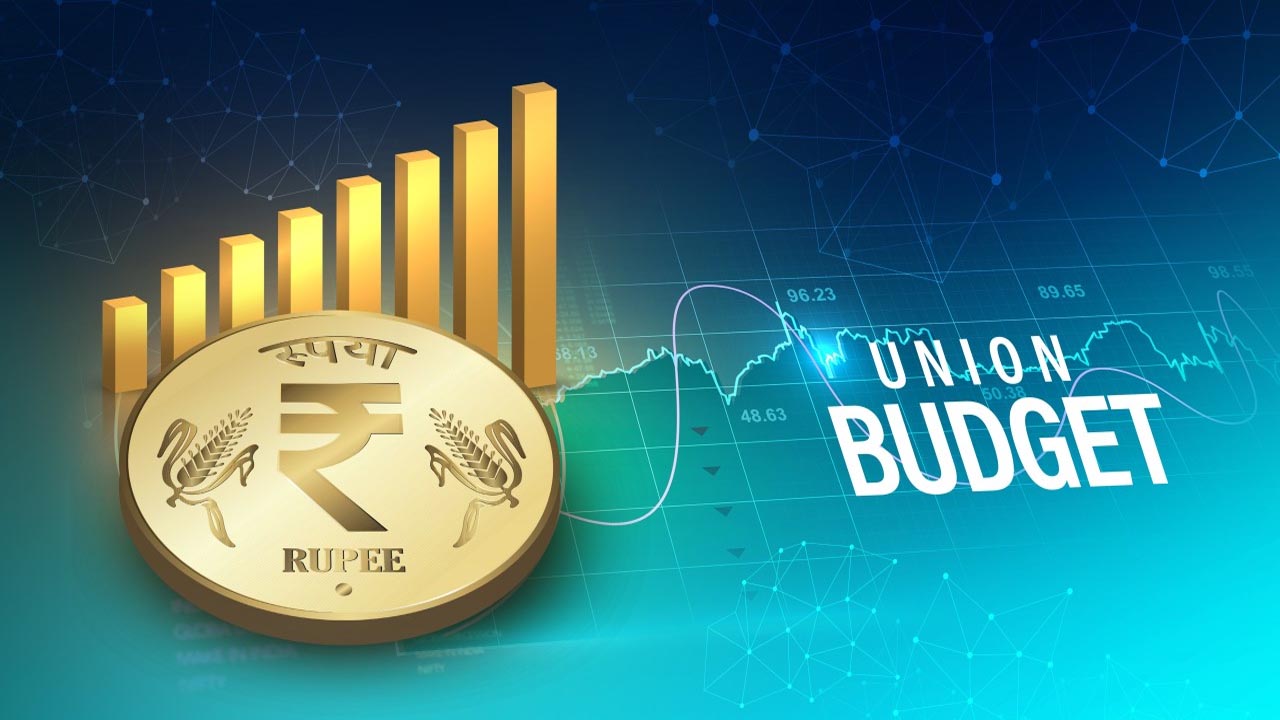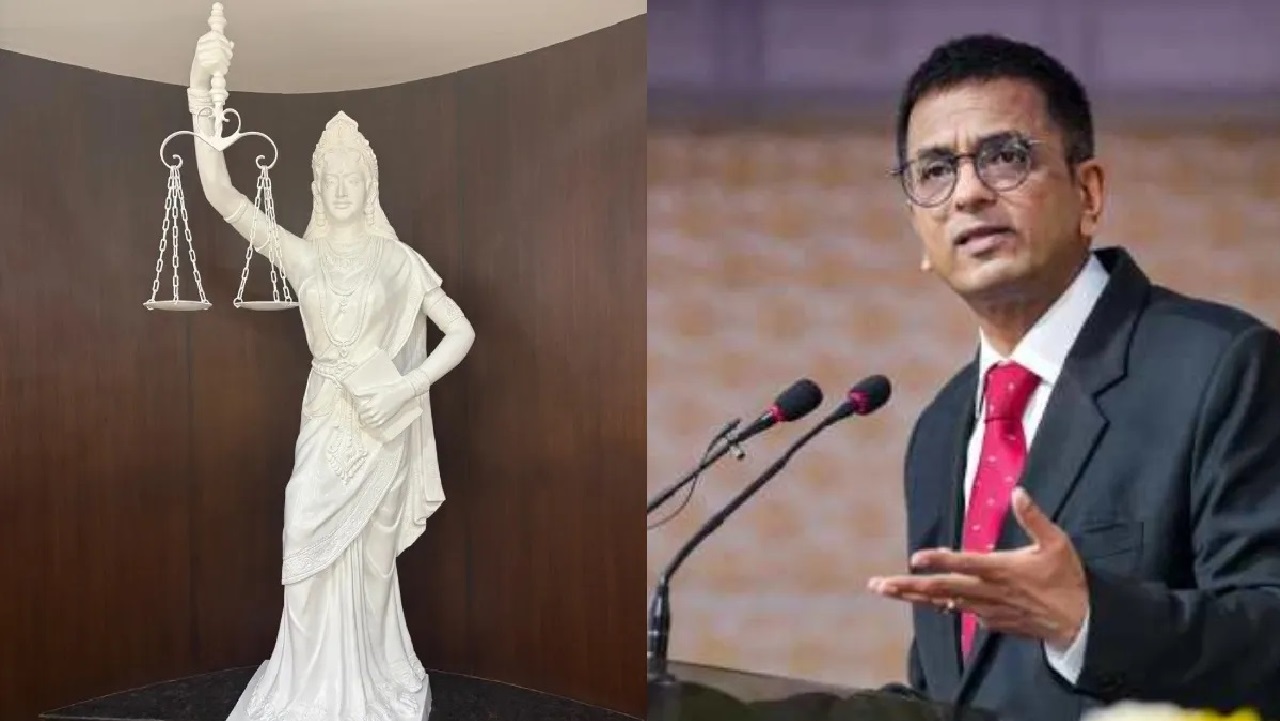
In a historic moment, Finance Minister Nirmala Sitharaman presented the Union Budget 2024-25, marking her seventh consecutive Budget speech. This achievement makes her the first finance minister to surpass former Prime Minister Morarji Desai’s record of six consecutive budgets as finance minister between 1959-64.
Key Announcements:
Tax Reforms:
Sitharaman introduced increased standard deductions and revised tax rates for salaried individuals under the new tax regime. The new tax rates are as follows:
₹0-3 lakh: Nil tax
₹3-7 lakh: 5%
₹7-10 lakh: 10%
₹10-12 lakh: 15%
₹12-15 lakh: 20%
Above ₹15 lakh: 30%
Additionally, customs duties on gold, silver, mobile phones, and other goods were announced.
Fiscal Policies:
The Centre’s FY25 capital expenditure is set at ₹11.1 lakh crore, unchanged from the Interim Budget, with infrastructure spending at 3.4% of GDP.
Employment and Skilling:
Five new schemes will target 4.1 crore youth over five years with a central outlay of ₹2 lakh crore.
A comprehensive internship scheme will provide opportunities for one crore youth in top companies over five years.
Employment-linked incentives, including one month’s wage support for first-time employees, are introduced.
Women-specific skilling programs aim to increase workforce participation.
MSME and Manufacturing Support:
The budget highlights special attention to MSMEs and the manufacturing sector.
A credit guarantee scheme and term loans for machinery purchases are in place.
A technology support package for MSMEs will be introduced.
SIDBI will open 24 new branches to serve MSME clusters.
Financial Initiatives:
The Mudra loan limit is increased from ₹10 lakh to ₹20 lakh for previous borrowers.
Financial support for higher education loans up to ₹10 lakhs in domestic institutions is announced.
An integrated technology system for the Insolvency and Bankruptcy Code (IBC) will be implemented.
Agriculture and Rural Development:
₹2.66 lakh crore is allocated for rural development.
Agricultural research will focus on productivity and climate-resilient crop varieties.
An initiative aims to introduce one crore farmers to natural farming over two years.
Infrastructure and Regional Development:
Rental housing in PPP mode for industrial workers is proposed.
Special financial support of ₹15,000 crore for Andhra Pradesh is announced.
New airports, medical facilities, and sports infrastructure will be developed in Bihar.
Economic Outlook:
Inflation is moving towards a 4% target.
India’s economic growth is described as a “shining exception” with a focus on job creation and boosting consumption, potentially benefiting consumer goods, real estate, and auto sectors.
Priority Areas:
The Budget focuses on nine priority areas: Agriculture, Employment, Inclusive Development, Manufacturing and Services, Urban Development, Energy, Infrastructure, Innovation and R&D, and Next Generation Reforms.
Women-Led Development:
Over ₹3 lakh crore is allocated for schemes benefiting women and girls.
Social Welfare:
The PMGKAY (Pradhan Mantri Garib Kalyan Anna Yojana) is extended for five years, benefiting over 80 crore people.
Digital and Technological Advancements:
Development of Digital Public Infrastructure (DPI) applications for credit, e-commerce, law and justice, and corporate governance is a key focus.
With this comprehensive and forward-looking Budget, Finance Minister Nirmala Sitharaman aims to drive India’s growth, enhance employment opportunities, and ensure inclusive development across sectors.







